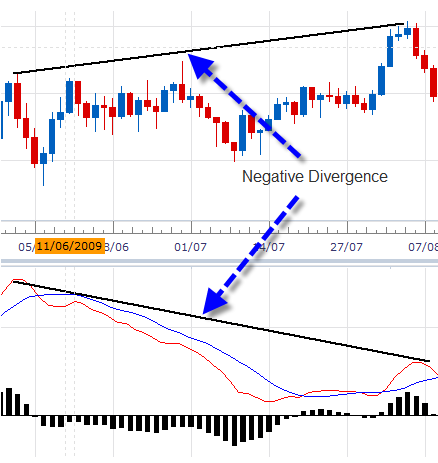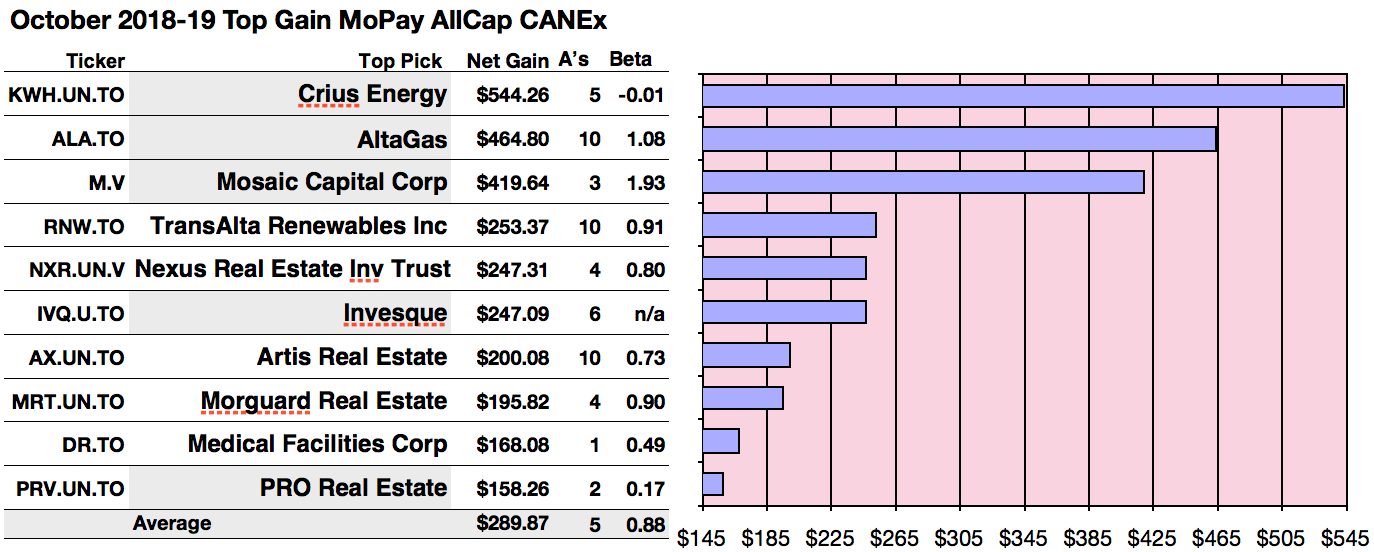Content

The cost element is based on the step or stage when the good or service has reached the maturity stage where by the chances of the product declining from the market is high. So, at this stage, research and development resources are utilized to identify new product designs that can be acceptable in the market by making the product more appealing. Such costs are classified as research and development costs and examples are the cost of discovering new ideas, process, products by experiment and implementing such results on a commercial basis.
Cost accounting has elements of traditional bookkeeping, system development, creating measurable information, and input analysis. For many firms, cost accounting helps create and measure business strategy in a more organic way. Cost price, along with the profit margin, determines a product’s wholesale price. Between the manufacturer’s suggested retail price (MSRP) and the wholesale price, there is generally room for profit for both distributors and retailers. To understand whether an amount being paid is a price or a cost, you have to define who you’re talking about.
Yarilet Perez is an experienced multimedia journalist and fact-checker with a Master of Science in Journalism. She has worked in multiple cities covering breaking news, politics, education, and more. Her expertise is in personal finance and investing, and real estate. Designed for freelancers and small business owners, Debitoor invoicing software makes it quick and easy to issue professional invoices and manage your business finances. Put simply; ‘cost’ is the amount that we must give up or pay to get something. You can also use cost to refer to the amount of money needed to do or make something.
Costs in accounting
Inventory, raw materials, and employee wages for factory workers are all examples of direct costs. In production, research, retail, and accounting, a cost is the value of money that has been used up to produce something or deliver a service, and hence is not available for use anymore. In business, the cost may be one of acquisition, in which case the amount of money expended to acquire it is counted as cost. In this case, money is the input that is gone in order to acquire the thing. This acquisition cost may be the sum of the cost of production as incurred by the original producer, and further costs of transaction as incurred by the acquirer over and above the price paid to the producer. Usually, the price also includes a mark-up for profit over the cost of production.
- So, the costs are classified as selling and distribution which is the resources used to create and arouse demand.
- In other words, the intention of such cost is to acquire assets not for re-selling.
- It is an amount that is recorded as an expense in bookkeeping records.
A good example is packaging materials, direct raw materials and direct labor. Note that example 1 to 5 represents diverse cost elements that compose production of a unit of a product. Also note that when we talk of a product, this is a general term referring to either a physical good as it is in the example 1-4 or service provision such as example 5 which is a unit of entertainment. As a learner/entrepreneur, you will realize that the cost elements vary in nature or type depending on the type of product being created.
Manufacturing costs vs. non-manufacturing costs
The cost element is based on the step or stage where the goods or services are ready for being transferred to the market. So, the costs are classified as selling and distribution which is the resources used to create and arouse demand. This is cost element made up of a constant cash out flow from the business to meet some expenses arising from an agreement between firm and a supplier of certain services.
Cost price is often considered sensitive information that the manufacturer wants to protect from both customers and competitors. If you raise or lower your prices, you need to redesign your price lists and catalogs. All content on this website, including dictionary, thesaurus, literature, geography, and other reference data is for informational purposes only. This information should not be considered complete, up to date, and is not intended to be used in place of a visit, consultation, or advice of a legal, medical, or any other professional.
- The standard costs are based on the efficient use of labor and materials to produce the good or service under standard operating conditions, and they are essentially the budgeted amount.
- Costs that increase or decrease with production volumes tend to be classified as variable costs.
- You can use cost with two objects to say how much money someone pays for something on a particular occasion.
- Cost is defined as the resources forgone by a firm or individual to purchase/acquire a finished good or service.
- Costs affect profit, and they’re used to make decisions for both small and large businesses.
Two factors can contribute to a favorable or unfavorable variance. There is the cost of the input, such as the cost of labor and materials. It helps company management to make decisions and is tailored to the specific needs of each separate firm.
In this context, variable costs and direct costs are arguably the most relevant. We also need to take indirect costs into account in the final markup stages of the product. They include the amount of time and effort put into creating it. For analysis purposes, a cost may also be designated as a variable cost, which varies with the level of activity.
Why You Can Trust Finance Strategists
The costs of these specific activities are only assigned to the goods or services that used the activity. This gives management a better idea of where exactly the time and money are being spent. Alternatively, cost accounting is meant for those inside the organization responsible for making critical decisions. Unlike financial what is cost definition accounting for publicly traded firms, there is no legal requirement for cost accounting. Even though cost accounting is commonly called a costing method, the scope of cost accounting is far broader than mere cost. Costing methods determine costs, while cost accounting is an analysis of the costs a company incurs.
Sign up for Shopify’s free trial to access all of the tools and services you need to start, run, and grow your business. Try Shopify for free, and explore all the tools and services you need to start, run, and grow your business. Why is it necessary to classify costs in to its simplified form? These are two questions which are very important to you as a scholar or as an entrepreneur. My Accounting Course is a world-class educational resource developed by experts to simplify accounting, finance, & investment analysis topics, so students and professionals can learn and propel their careers. Cost accounting is helpful because it allows executive management of companies to understand how to use their resources more effectively by tracking and measuring them and studying their effects.
Cost accounting is helpful because it can identify where a company is spending its money, how much it earns, and where money is being wasted or lost. There’s a tendency to confuse cost with price, and they’re often used interchangeably in informal conversations, but they aren’t the same. Save contact details for your suppliers to quickly enter and auto-fill your expenses and stay on top of the accounting for your business. Track your company’s costs and easily stay on top of your business accounts with Debitoor.
The amount it takes for a company to produce the product or service it sells is called the cost. Depreciation, administrative, and other costs are more difficult to assign to a specific product. We can trace direct costs directly to the production of specific products.
Types of costs
‘Menu costs’ are the costs that companies have to face when they change the prices of their goods. You use the plural noun costs when you are referring to the total amount of money needed to run something such as a business. The price or cost of something is the amount of money you must pay to buy it. Pay too dearly for one’s whistle To pay more for some desired object than it is worth; to expend a great deal of time, effort, or money for something which does not come up to one’s expectations; to indulge a whim. This expression is based on Benjamin Franklin’s The Whistle (1799), which tells of his nephew’s wanting a certain whistle so much that he paid its owner four times its value. As soon as the whistle had been acquired, however, it lost its appeal of the unattainable, leaving the boy disappointed with his purchase.

In this MBN Video Dictionary video, the speaker explains what costs are and the difference between costs and prices. In fact, if people do not cost things properly, their company could go bankrupt. Total spending ends up being considerably greater than the original estimate. Accountants post the amounts as expenses in bookkeeping records. Bookkeeping involves recording a company’s day-to-day financial transactions.
Additionally, there is the efficiency or quantity of the input used. If, for example, XYZ company expected to produce 400 widgets in a period but ended up producing 500 widgets, the cost of materials would be higher due to the total quantity produced. If the variance analysis determines that actual costs are higher than expected, the variance is unfavorable. If it determines the actual costs are lower than expected, the variance is favorable.
By analyzing their production processes and supply chain, they can find ways to reduce the cost of producing each unit, which can increase their profit margin and make them more competitive in the market. Cost elements are classified after the intention of expenditure incurred on the finished good. For revenue cost, the intention of cost incurred is to acquire an asset for short-term accruing benefits. For instance, when the organization purchases current assets for trading purposes such as inventory. In other words, the intention of such cost is to acquire assets for re-selling. Examples of such costs are motor vehicles for reselling if the firm is a motor vehicle dealer.
Examples of such costs are entertainment costs and hotel served meals or tea expenses during tea break. These machines are recorded on the balance sheet for the amount of money the business paid for them plus any expenses required to put them into service. Each piece of equipment is recorded this way on the balance sheet. A business will typically need to sell a lot more products or services to pay back the investment involved in a stepped cost. It is worth remembering that fixed costs are not absolutely fixed for all of time.

From a seller’s point of view, cost is the amount of money that is spent to produce a good or product. If a producer were to sell his products at the production price, his costs and income would break even, meaning that he would not lose money on the sales. Non-manufacturing costs are not directly incurred in manufacturing a product. The salaries of sales personnel are also non-manufacturing costs. It includes the production costs as well as the markup, which the seller adds to make a profit.
Cost Classification by Relevance to Decision-making and Control
The basic difference between an estimated cost and a standard cost is that an estimated cost is a more or less reasonable assessment of what a cost will be when it is incurred. This ensures that the actual cost will be as close to the standard cost as possible, and that any disparity between actual and standard cost can be reasonably explained. Historical costs simply represent a post-mortem of past events, and they are useful in ascertaining profitability but not in exercising cost control. The groups that costs are classified into are known as classes. After collecting costs, these are classified to ensure their identification with cost centers or cost units.
